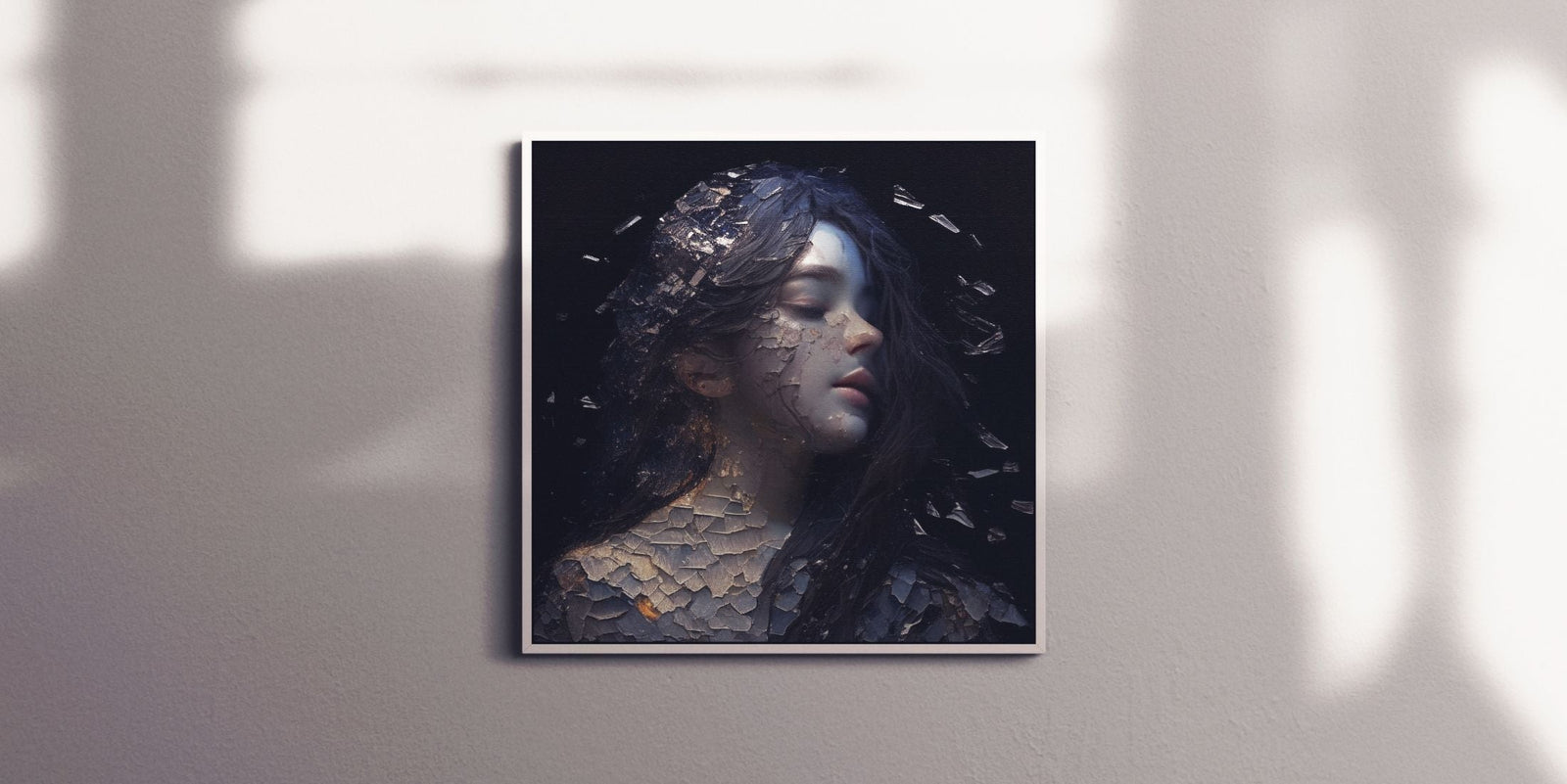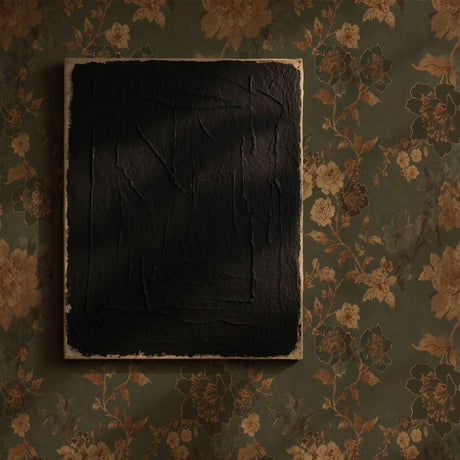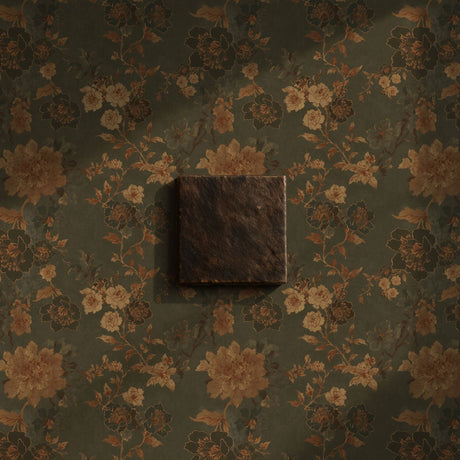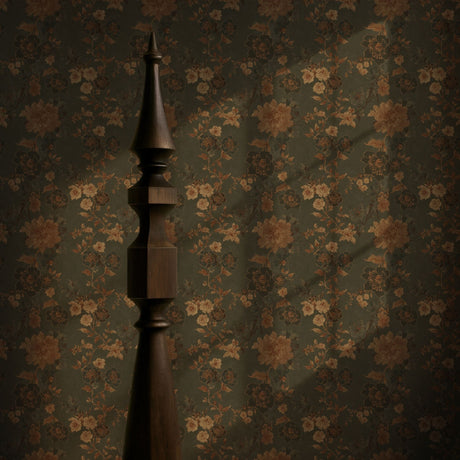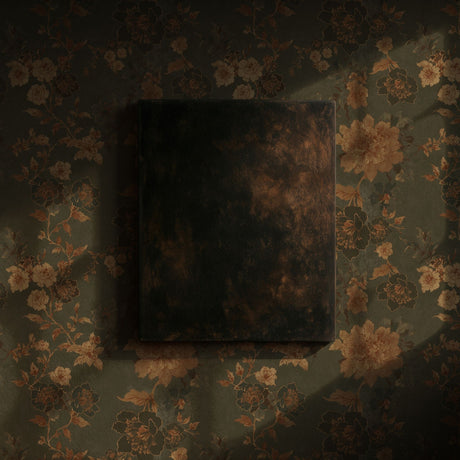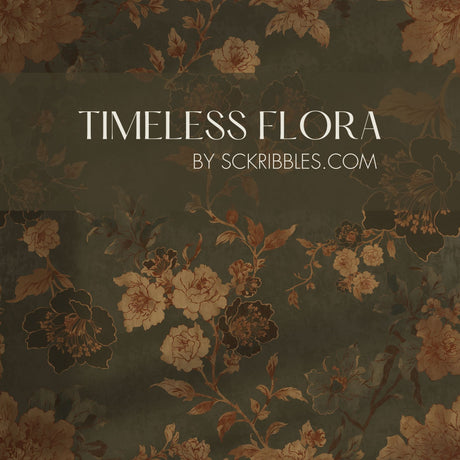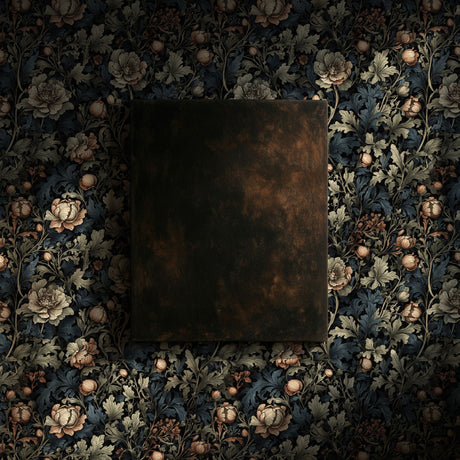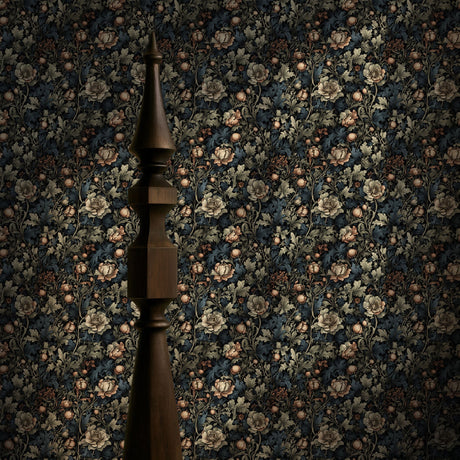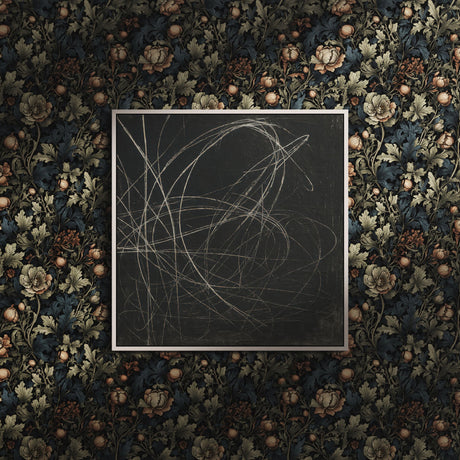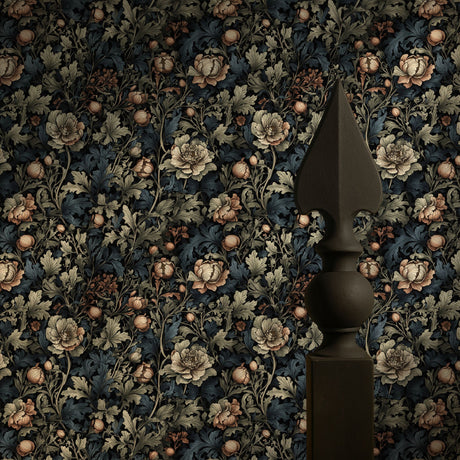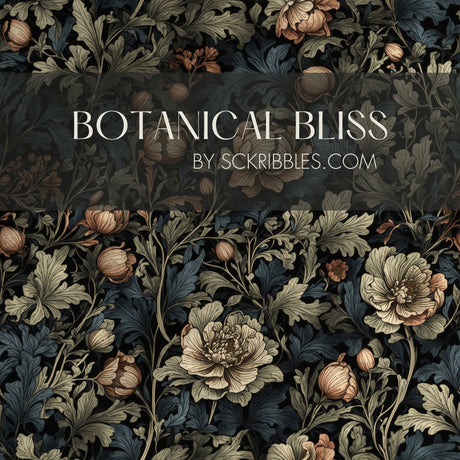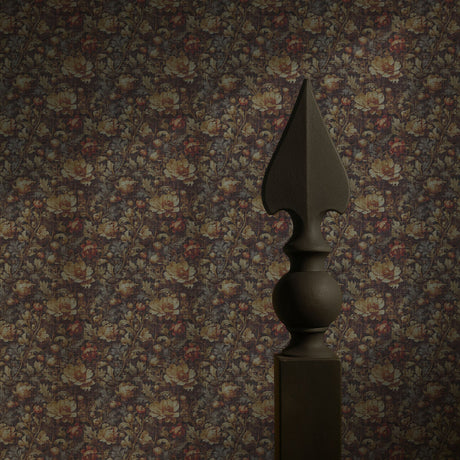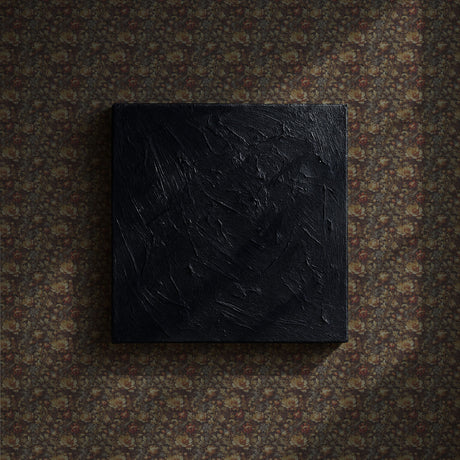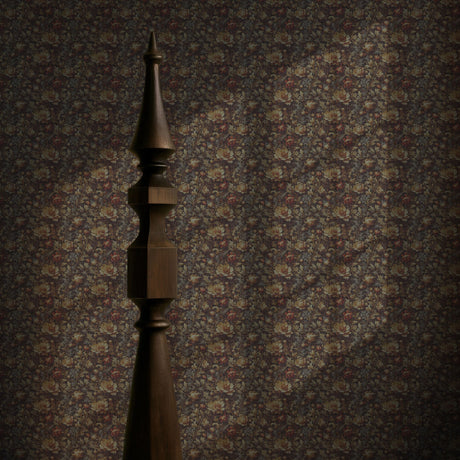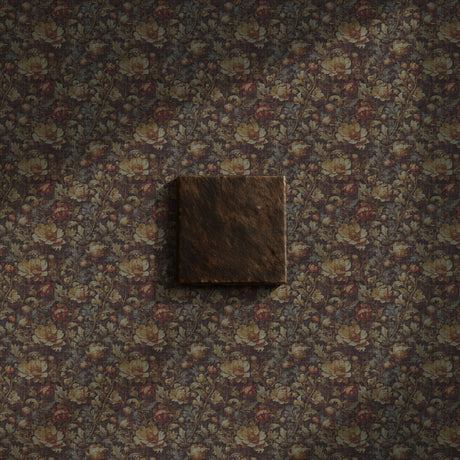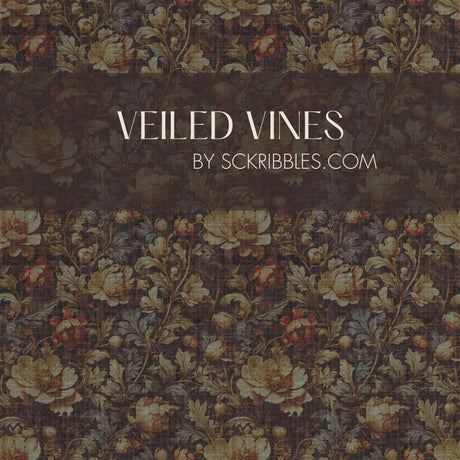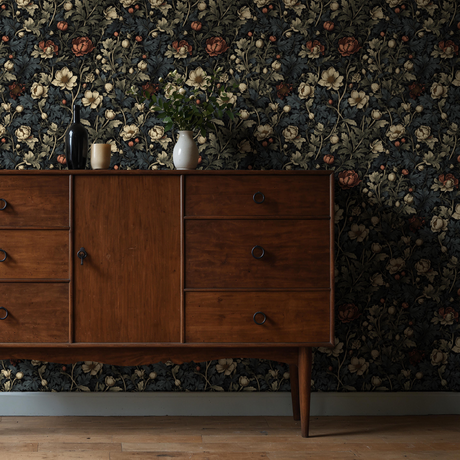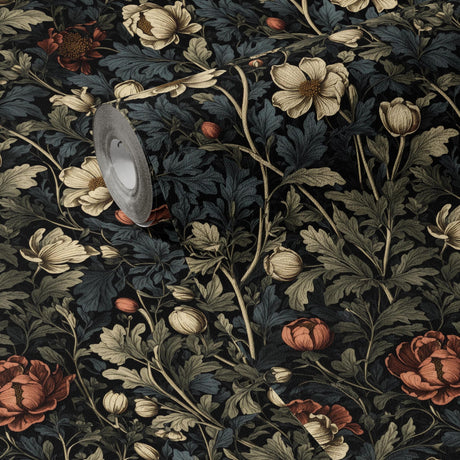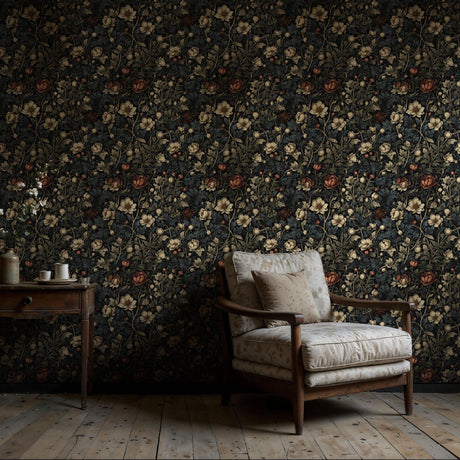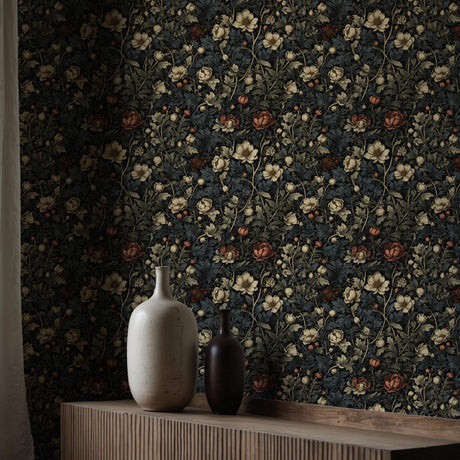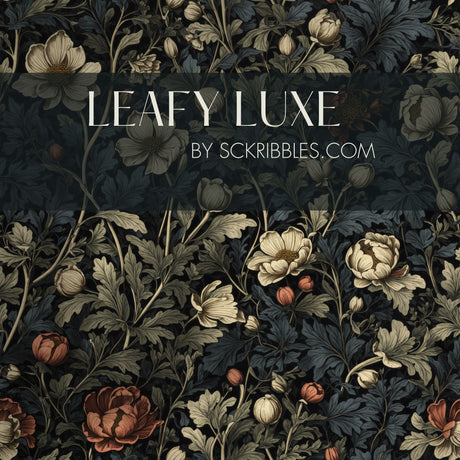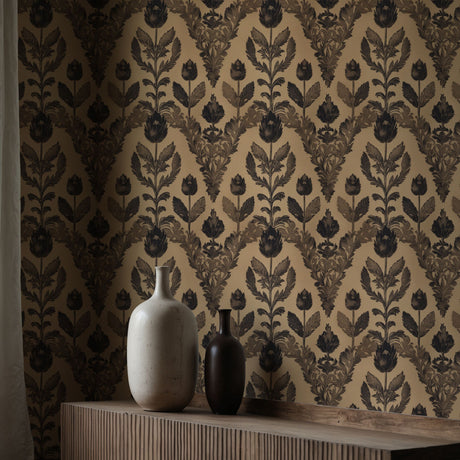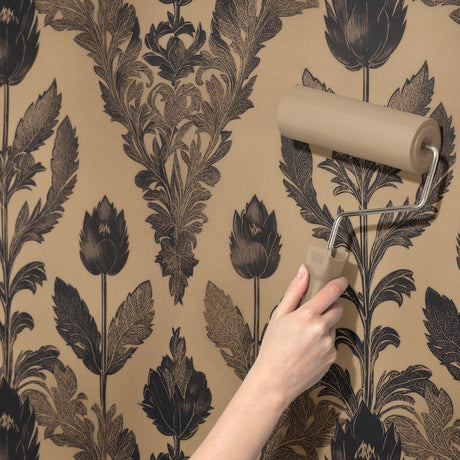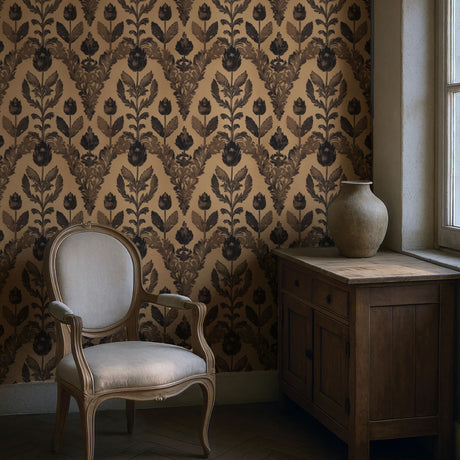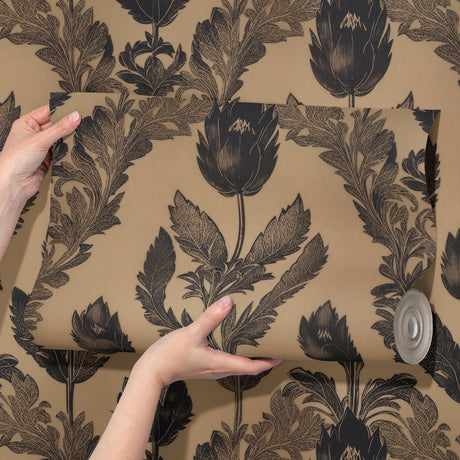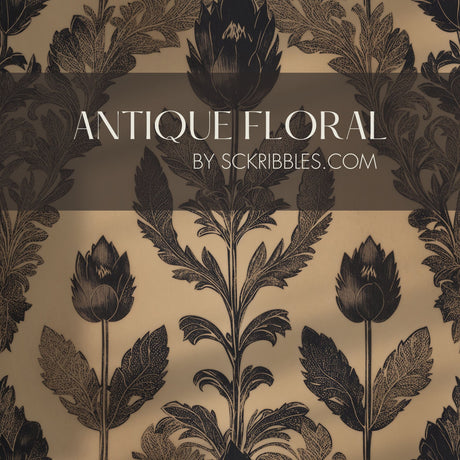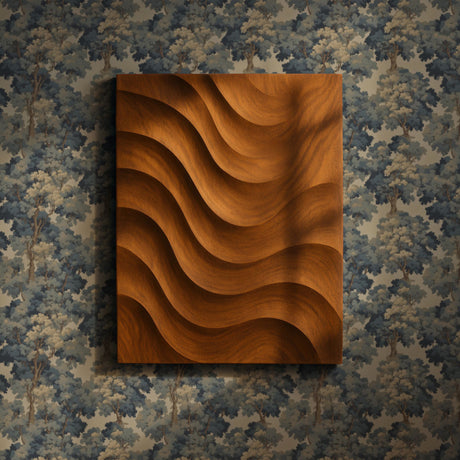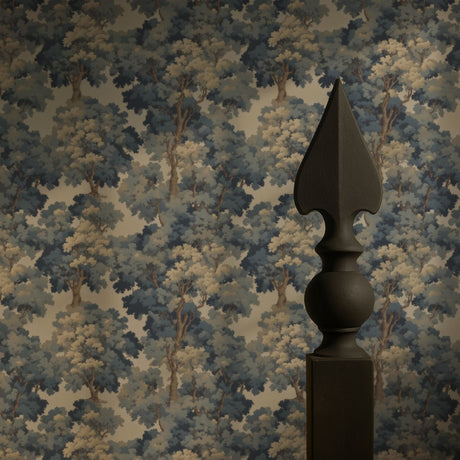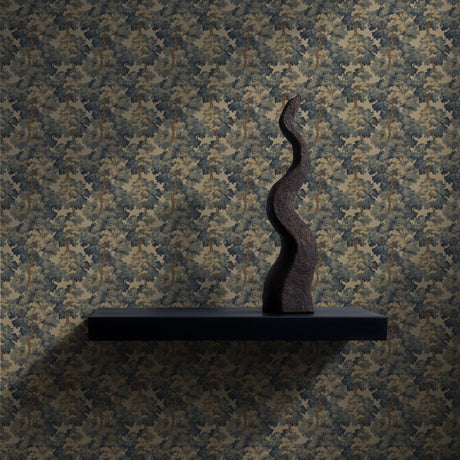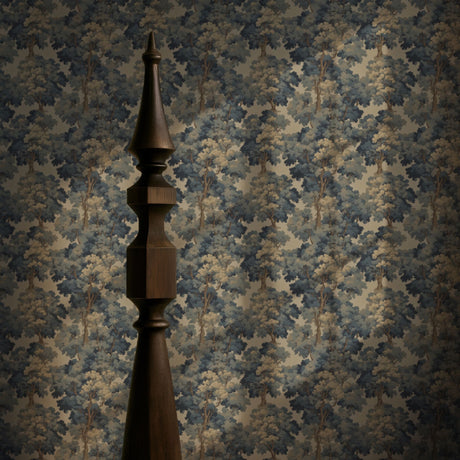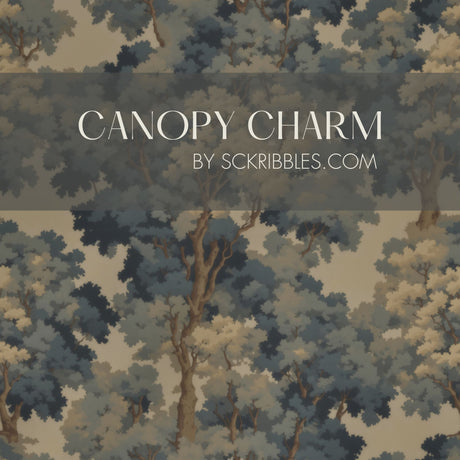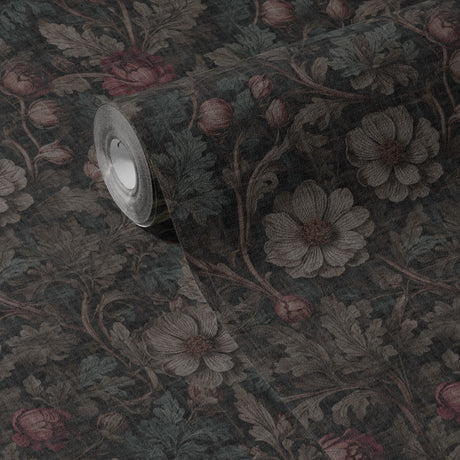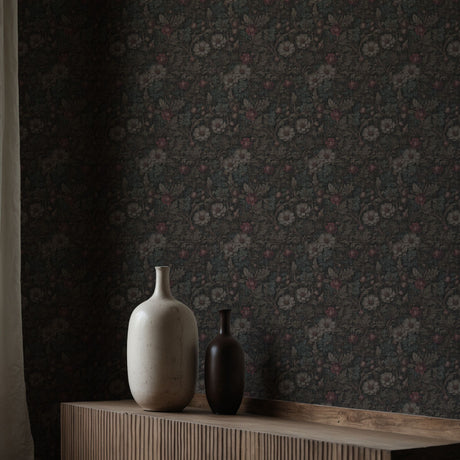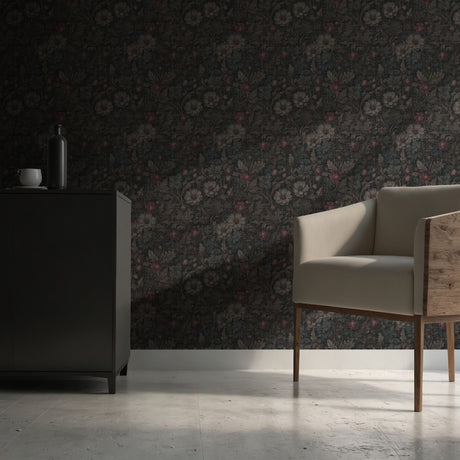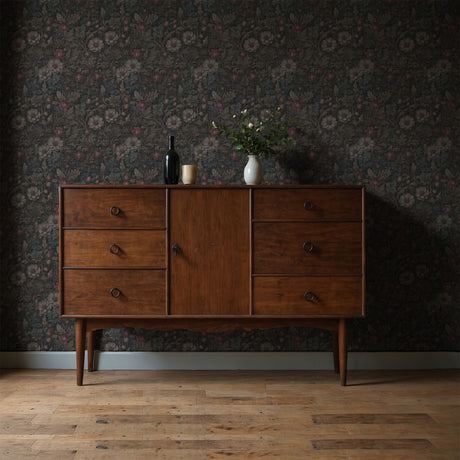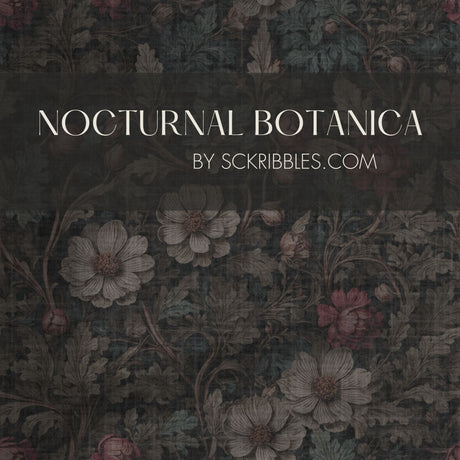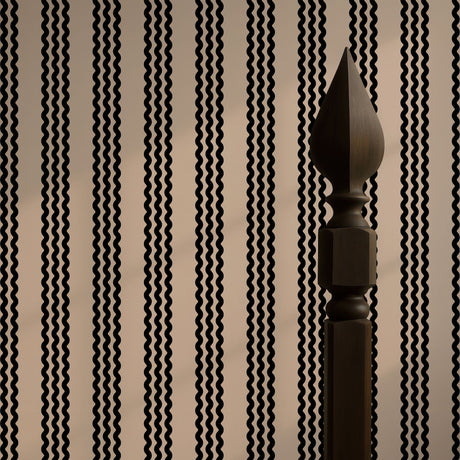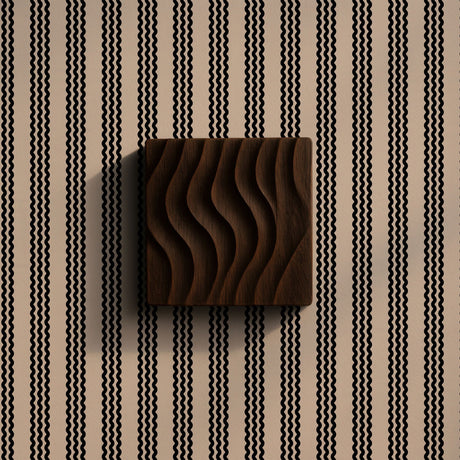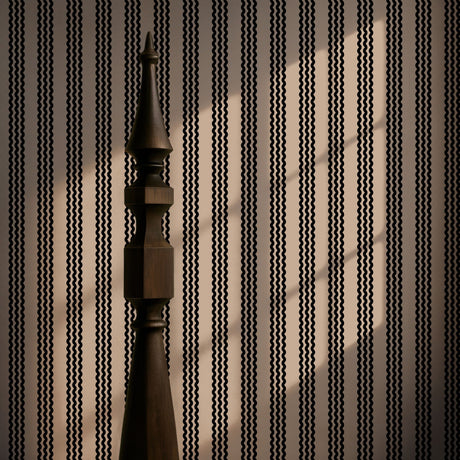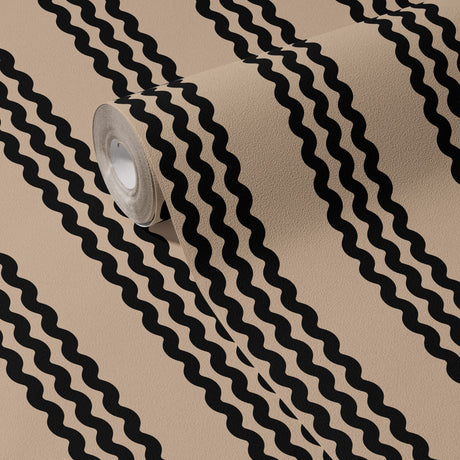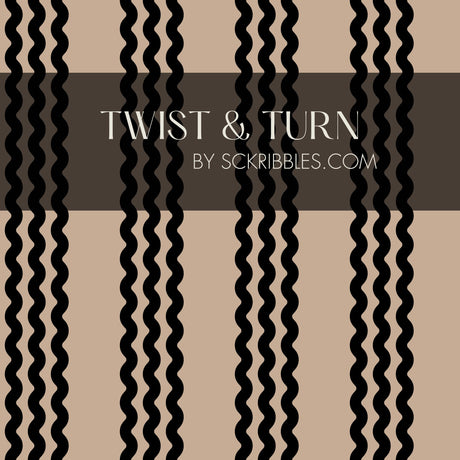Exploring the Psychology of Wall Art: How It Affects Your Mood
The art that adorns our walls is far more than mere decoration; it has the power to evoke emotions, influence perceptions, and shape our overall well-being. The psychology of wall art delves into the intricate connection between visual stimuli and human emotions, shedding light on how the art we choose can significantly impact our mood and mental state. In this article, we embark on a journey through the fascinating interplay between wall art and psychology, uncovering how different art styles, colors, and compositions can evoke a range of emotions and contribute to a harmonious living environment.
Art and Emotional Response
The act of viewing art triggers a complex interplay of cognitive and emotional processes within the human brain. As we gaze at a painting, photograph, or sculpture, our minds process various visual elements such as color, form, texture, and composition. Simultaneously, our emotions are stirred, often evoking feelings of joy, tranquility, nostalgia, or even introspection.
Wall art serves as a form of nonverbal communication, expressing ideas, stories, and sentiments that can resonate deeply with the viewer. The emotional response to art is not confined to the artwork's subject matter alone; the aesthetics, style, and overall ambiance it creates contribute significantly to our emotional experience.
The Influence of Art Styles
Different art styles have distinct emotional and psychological effects on individuals. Let's explore some common art styles and their potential impact on mood:
1. Impressionism: Embracing Serenity
Impressionist artworks, characterized by their soft brushstrokes and play of light, often evoke a sense of tranquility and peacefulness. Scenes depicting nature, landscapes, or everyday life in an impressionistic style can create a calming atmosphere that helps reduce stress and anxiety.
2. Abstract Art: Igniting Creativity and Contemplation
Abstract art, with its emphasis on shapes, colors, and forms detached from recognizable reality, encourages viewers to interpret and engage with the artwork on a personal level. Abstract pieces can stimulate creativity, invite introspection, and spark conversations, making them a dynamic addition to spaces where brainstorming or deep thinking occurs.
3. Realism: Connecting with Familiarity
Realistic art captures familiar scenes and objects with meticulous detail, often invoking a sense of nostalgia and connection to everyday life. Portraits, still lifes, and scenes from ordinary existence can evoke a feeling of comfort and familiarity, fostering a sense of belonging and rootedness.
4. Surrealism: Provoking Wonder and Curiosity
Surrealist artworks challenge conventional reality, blending elements of fantasy and imagination. Such pieces can evoke wonder, curiosity, and a sense of exploration, making them ideal for spaces where creative thinking and open-mindedness are encouraged.
5. Minimalism: Cultivating Simplicity and Focus
Minimalist art emphasizes simplicity, often through clean lines, monochromatic palettes, and sparse compositions. Minimalist pieces create a sense of order and clarity, promoting focus and reducing visual clutter, which can contribute to a calm and organized mindset.
The Role of Color Psychology
Color is a powerful tool that artists and designers wield to convey emotions and influence psychological responses. Different colors evoke distinct feelings, and the choice of color in wall art can significantly impact the mood of a space:
- Blue: Often associated with calmness and tranquility, blue hues can create a serene and soothing ambiance.
- Yellow: Bright and energetic, yellow can instill feelings of happiness, warmth, and optimism.
- Green: The color of nature, green promotes a sense of balance, renewal, and relaxation.
- Red: Bold and intense, red can evoke strong emotions like passion, energy, and even urgency.
- Purple: Symbolizing creativity and spirituality, purple hues can foster a sense of introspection and mystery.
- Neutral Tones: Shades of white, gray, and beige offer a sense of simplicity and timelessness, allowing other elements to take center stage.
Composition and Spatial Harmony
Beyond art styles and colors, the composition and arrangement of wall art also play a crucial role in influencing mood. A well-balanced composition can create a sense of harmony and equilibrium, while dynamic compositions may evoke energy and movement. The placement of art within a space and its interaction with other elements, such as furniture and lighting, contribute to the overall visual and emotional experience.
Personal Expression and Connection
One of the most profound ways wall art affects mood is through personal connection. When we choose art that resonates with our values, experiences, and aspirations, we create a deeper emotional bond with our surroundings. The presence of meaningful art can evoke positive memories, boost self-esteem, and reinforce a sense of identity and belonging.
Creating a Mood-Enhancing Art Display
To curate a mood-enhancing art display in your living space, consider the following tips:
Reflect on Intent: Determine the emotional atmosphere you wish to create in each room. Is it calmness, creativity, or vitality?
Select Appropriate Styles: Choose art styles that align with the intended mood. For relaxation, opt for serene landscapes; for a workspace, consider dynamic and inspiring pieces.
Harmonize Colors: Pay attention to the color palette of the artwork and how it complements or contrasts with the room's existing colors.
Balance Composition: Whether symmetrical or asymmetrical, ensure the arrangement of wall art is visually pleasing and promotes spatial harmony.
Rotate Artwork: Periodically switch out artwork to introduce new visual stimuli and prevent monotony.
Personal Connection: Incorporate art that holds personal significance, evoking positive emotions and memories.
Final Thoughts
The psychology of wall art is a captivating exploration of the interplay between visual stimuli and human emotions. The artworks we choose to display in our living spaces have the remarkable ability to influence our mood, evoke emotions, and create an environment conducive to well-being. Whether you seek to infuse tranquility, spark creativity, or ignite passion, the careful selection and arrangement of wall art allow you to harness the transformative power of artistic expression. By understanding the psychological impact of different art styles, colors, and compositions, you can curate a living environment that resonates with your emotions, enriches your experiences, and fosters a sense of harmony and joy.
Read More: The Best Living Room Wall Art Ideas
